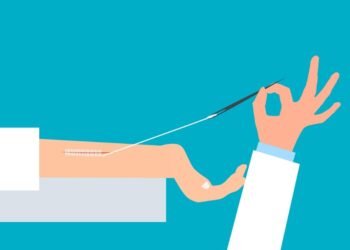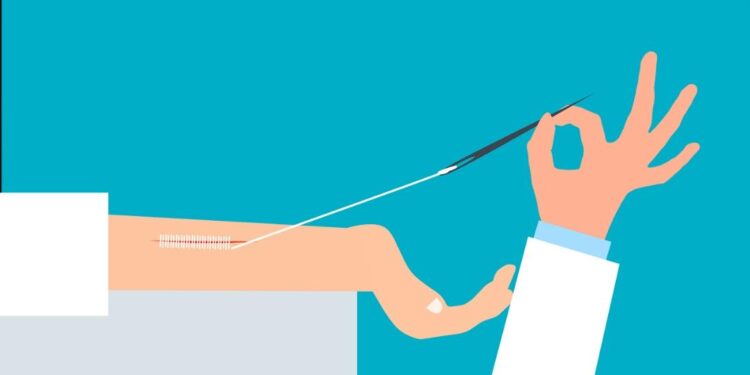Keloids are elevated scars that develop during the healing process of an injury. Keloids generally grow larger than the original injury. They are smooth and firm, and their color ranges from pink to dark brown based on the skin color. Keloids, unlike regular scars, continue to grow after the initial wound, frequently becoming larger and more noticeable over time, making them difficult to heal.
Furthermore, dealing with keloids can be very upsetting because it causes itching and even pain. Keloids on exposed regions of the skin might have an effect on a person’s self-esteem. Thus, in this post, we will look at ways to prevent keloids as well as how to manage existent ones.

How Do Keloids Form?
Keloids happen when your body makes too much collagen as it tries to heal a wound. Collagen is a protein that helps build strong skin and tissues. When you get a cut or a surgery, your body naturally produces collagen to repair the skin.
But sometimes, especially with certain skin types or after deep wounds, the body makes too much collagen. This excess collagen piles up, forming a thick, raised scar called a keloid. So, instead of the scar healing smoothly and staying flat, it grows bigger and can become noticeable on your skin.
Preventing Keloid Formation
Trying to stop keloids from forming after you get a cut or have surgery requires special care. The idea is to reduce the chance of keloids growing so you don’t have uncomfortable or noticeable scars.
Wound Care
When you get a cut or have surgery, you need to clean and moisturize it properly. Cleaning helps to avoid infections like staphylococcus aureus, which might worsen scars. Using dressings like hydrogel (which produces an excellent environment for rapid healing) or gauze keeps the wound moist and protected, allowing it to recover faster.
However, because gauze is mesh-like, some of it might stick to the wound surface, making it difficult to remove and perhaps bruising you if you try to pull it too hard. As a result, it is preferable to use petrolatum gauze, which is generally non-adhesive to the wound surface.
Silicone Therapy
Similar to specific treatments, silicone sheets and gels prevent the formation of keloids. These sheets come in several forms to accommodate various scar types. For instance, women who have had breast reductions are advised to use a specific type of silicone sheeting.
As a result, you need to make sure that the silicone sheet you choose is suitable for the area of injury; the general-use silicone sheets are probably the best option. They function by maintaining the moisture content of the scar tissue, which gradually makes scars softer and flatter. Silicone sheets can be applied directly on the scar, or silicone gels can be used and rubbed into the surrounding skin.
Minimize Irritation
Try not to scratch or pick at your healing wounds because that can make scars worse. Also, wear loose clothes over areas that are healing to avoid rubbing or putting pressure on the scars. This helps the wounds heal smoothly and reduces the chances of getting keloids.
Treatment Options for Existing Keloids
Disclaimer: Remember to see a dermatologist for the right diagnosis and treatment.
Corticosteroid Injections: These shots are used to treat keloids by calming down the inflammation and slowing the growth of scar tissue. Corticosteroid work by calming the immune system and reducing how much collagen (the protein that makes scars thick) your body makes. This can help flatten and soften the keloid over time.
Cryotherapy (Freezing): This treatment freezes smaller keloids with liquid nitrogen. It damages the scar tissue in a controlled way, so your body can heal the area and replace the keloid with normal skin. It’s good for smaller keloids that aren’t too big.
Laser Therapy: Laser treatment uses focused light to target the extra scar tissue. It breaks down the scar, making it flatter and less red. It also helps your skin make more organized and structured collagen fiber and heal better. This can improve how your skin looks and feels after treatment.
Conclusion
To summarize, treating wounds early and taking good care of your skin can help keep keloids from getting large and noticeable. It is a good idea to consult a dermatologist about keloids treatment.
The dermatologist will advise you on how to treat any existing keloids and prevent new ones from developing. This ensures that your skin remains healthy and attractive during the rest of the healing process.

















